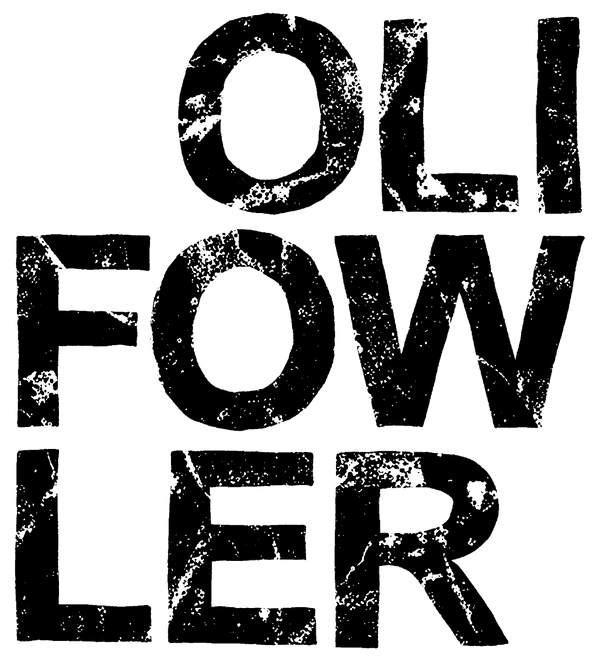
A Perfectly Good Afternoon, Almost Ruined by a Layer of Yellow
I was working on a new print a while back. It was a multi-layered piece, and I was on the final, crucial colour. Everything up to that point had gone swimmingly. The first few layers were registered perfectly, crisp and clean. All that was left was a bold slice of bright, sunshine yellow to really make the whole thing pop.
I had the screen coated, exposed, and locked in place. I flooded it with that glorious, buttery yellow ink. I took a deep breath, grabbed the squeegee, and pulled. And I knew instantly. Something was wrong.
The Moment It All Went a Bit Sideways
I lifted the screen and my heart sank a bit. The registration was off. Not by a mile, but by a couple of millimetres. Just enough to be a glaring, infuriating mistake. The yellow wasn't sitting neatly within its lines; it was overlapping with the black outline beneath it, creating a weird, unintentional sliver of shadow. My first thought was the usual one: "Right, that one's for the bin."
This is the point where push-button printing has the advantage, I suppose. A digital printer doesn't make these kinds of mistakes. It does exactly what you tell it to, a million times over, without variation. It’s precise, it’s flawless, and it's… well, a bit soulless, isn't it? There's no story in a perfect digital copy. It's just a file made real.
I chucked the print on a drying rack to deal with later, feeling properly annoyed, and got on with fixing the screen to get the rest of the edition right.
Finding the Character in the Chaos
Later on, I went back to that first "ruined" print. As I looked at it, away from the pressure of getting the edition finished, something shifted. That slight mis-registration, the thing that had annoyed me so much, had actually given the print a kind of energy. A vibration. The accidental overlap of yellow and black created a depth that the "perfect" ones didn't have. It had a bit of grit, a personality.
It was a physical reminder that it was made by a human. That a pair of hands pulled that ink across that screen on a particular Tuesday afternoon in a little studio in London. That's what you get with a hand-pulled screen print from Oli Fowler Art. You're not just buying the finished image; you're buying the process. You’re getting a piece that has its own tiny, unique story embedded in the fibres of the paper.
That print, the one that fought back, never made it to the bin. It’s actually pinned up on my studio wall as a reminder that the little imperfections are often what make something truly special.
So when you buy a screen print, look closely. See the texture of the ink sitting on the surface of the paper. Notice the slight, beautiful variations between prints in an edition. You’re not buying a poster from a massive production line. You’re buying a small piece of art that has lived a little before it even gets to you.
Have a look for yourself. Each piece has its own story, and I promise none of them were made by a robot.
Browse the store and find your own perfectly imperfect print.
